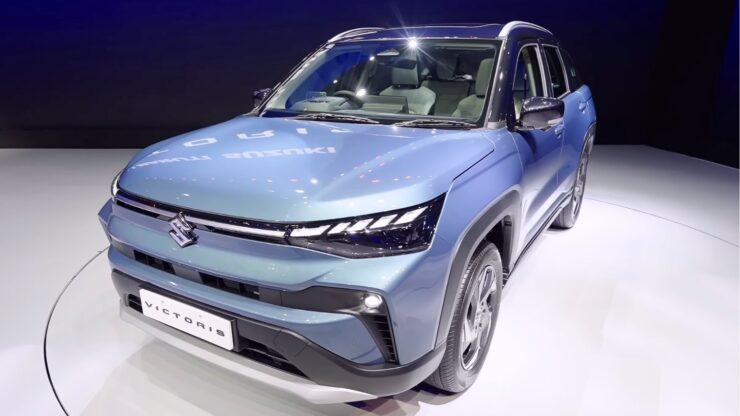Now Reading: Tata Harrier EV Unveiled with 600+ km Range: A Game-Changer for India’s Electric SUV Market
-
01
Tata Harrier EV Unveiled with 600+ km Range: A Game-Changer for India’s Electric SUV Market
Tata Harrier EV Unveiled with 600+ km Range: A Game-Changer for India’s Electric SUV Market

Tata Motors has officially revealed key details of its much-awaited Harrier EV, including a claimed range of over 600 km on a single charge. Set to launch by March 2025, the all-electric SUV is based on the updated Acti.ev platform and aims to bring long-distance electric driving within reach for Indian consumers—especially those in Tier 2 cities where EV adoption is gaining pace.
Harrier EV to Offer Dual-Motor AWD and Long Range
The Harrier EV will come with an all-wheel-drive (AWD) setup powered by dual motors, giving it strong on-road and off-road capability. According to Tata, the EV will offer a driving range of 600 to 650 km, depending on driving conditions and usage—making it one of the highest-range electric vehicles from an Indian manufacturer to date.
This extended range addresses a common concern among Indian buyers—range anxiety—especially in regions with limited charging infrastructure.
Modern Features and New Platform
Built on the Acti.ev platform, the Harrier EV will benefit from enhanced safety, battery protection, and software updates. It is expected to feature connected tech, regenerative braking, a 360-degree camera, and ADAS (Advanced Driver Assistance Systems).
The design is likely to mirror the recently updated diesel Harrier, but with EV-specific elements like a closed grille, new lighting signatures, and aero-optimized wheels for better efficiency.
What It Means for Tier 2 India
In cities like Nagpur, Coimbatore, Surat, and Bhopal, interest in EVs is growing—driven by fuel savings and lower maintenance costs. However, many potential buyers have held back due to charging concerns and limited highway range.
The Harrier EV’s long range could change that, offering both city comfort and highway reliability. Local dealerships and EV charging companies are already gearing up for increased interest, with several Tier 2 cities seeing a gradual rollout of fast-charging stations.
Pricing and Market Expectations
While Tata hasn’t revealed pricing yet, industry estimates suggest the Harrier EV could be priced between ₹28–32 lakh (ex-showroom). This would position it against premium rivals like the MG ZS EV and BYD Atto 3, while giving buyers the benefit of a larger, more rugged SUV footprint.
Tata is also expected to offer multiple variants to cater to different customer preferences, including options for fleet buyers and private owners.
Conclusion
With the Harrier EV, Tata Motors is making a bold entry into the long-range electric SUV segment. By combining a trusted nameplate with cutting-edge EV tech, the company aims to attract both urban and semi-urban buyers. As the Indian EV market matures, especially beyond the metro cities, the Harrier EV could become a key player in making sustainable mobility mainstream and practical for a wider audience.

























